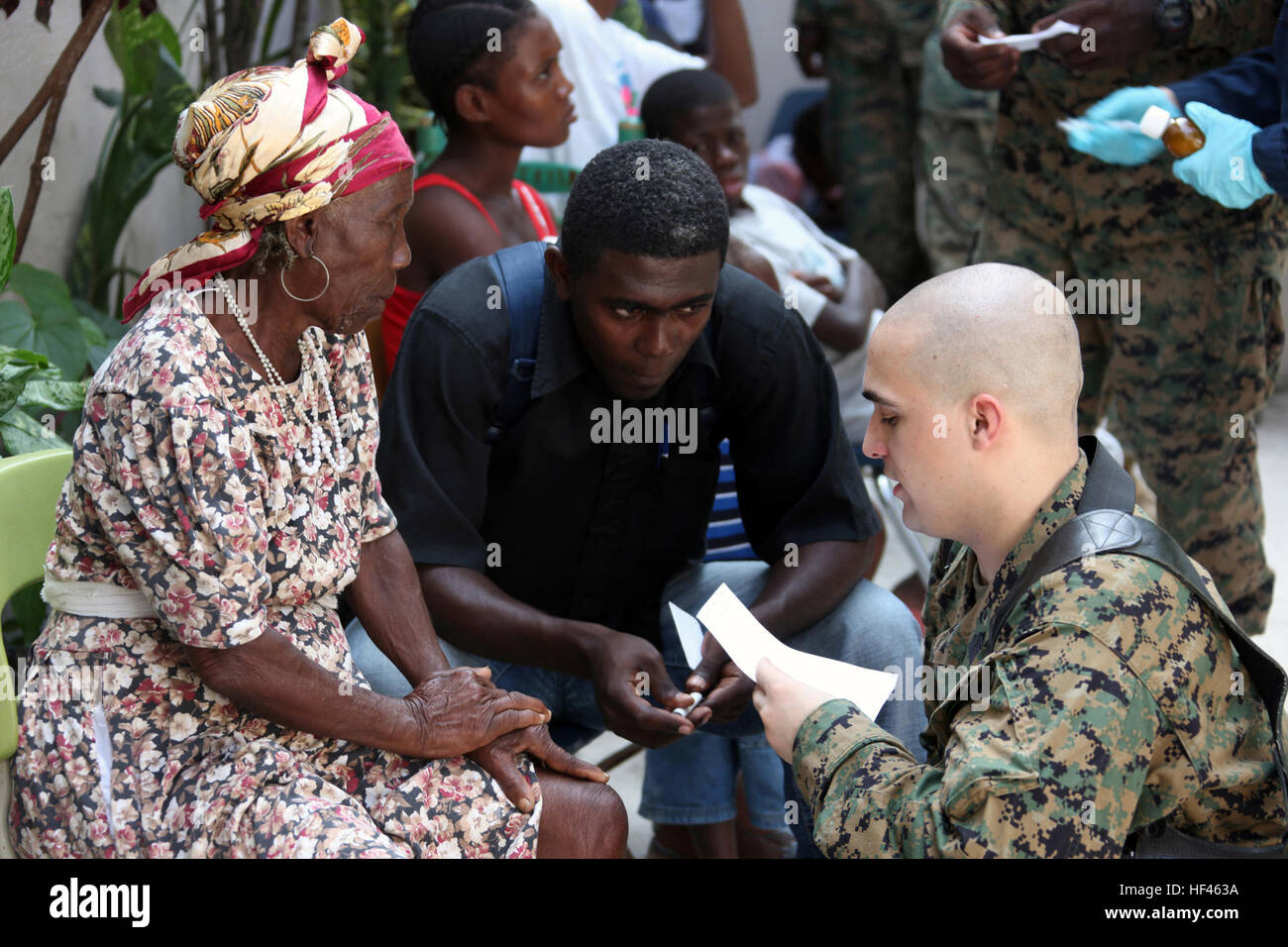

Some speakers have merged /v/ and /w/ into a single phoneme and pronounce words with or depending on context (the latter appearing in word-initial position and the former appearing elsewhere).

The merger occurs most often in the speech of Abaco and north Eleuthera. Though there is variation between black and white speakers, there is a tendency for speakers to drop /h/ or, in a hypercorrection, to add it to words without it so harm and arm are pronounced the same. In fact, there is much socio-historical and linguistic evidence to support the proposal that it is a creole language. However, academic research shows that this is not the case. This lack of research on Bahamian Creole is perhaps because for many years, Bahamians have assumed that this language is simply a variety of English. In comparison to many of the English-based creoles of the Caribbean region, limited research has been conducted on what is known as Bahamian Creole. There is also a very significant link between Bahamian and the Gullah language of South Carolina, as many Bahamians are descendants of slaves brought to the islands from the Gullahregion after the American revolution. Individual speakers have command of lesser and greater creolized forms.īahamianese also shares similar features with other Caribbean English-based creoles, such as those of Jamaica,Barbados, Trinidad and the Virgin Islands. Islands that were settled earlier or that have a historically large Afro-Bahamian population have a greater concentration of individuals exhibiting creolized speech the creole is most prevalent in urban areas. Bahamianese also tends to be more prevalent in certain areas of the Bahamas. Bahamianese is spoken by both white and black Bahamians, although in slightly different forms.


 0 kommentar(er)
0 kommentar(er)
